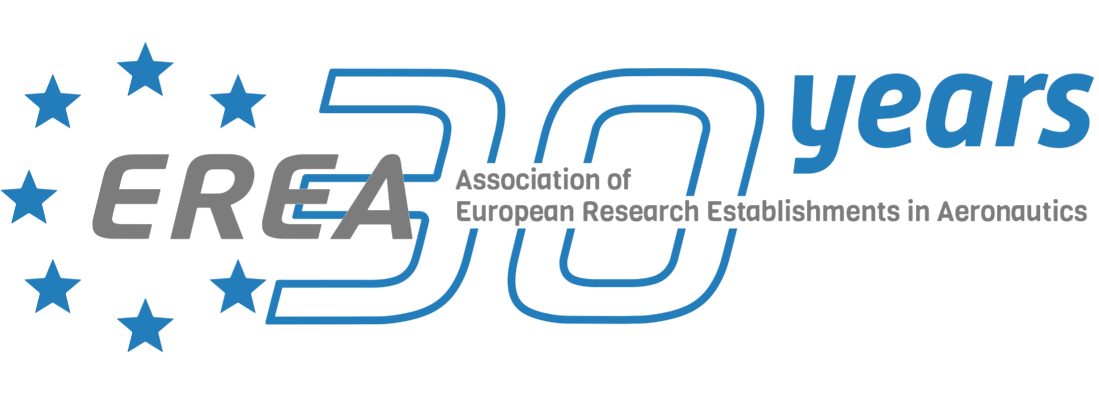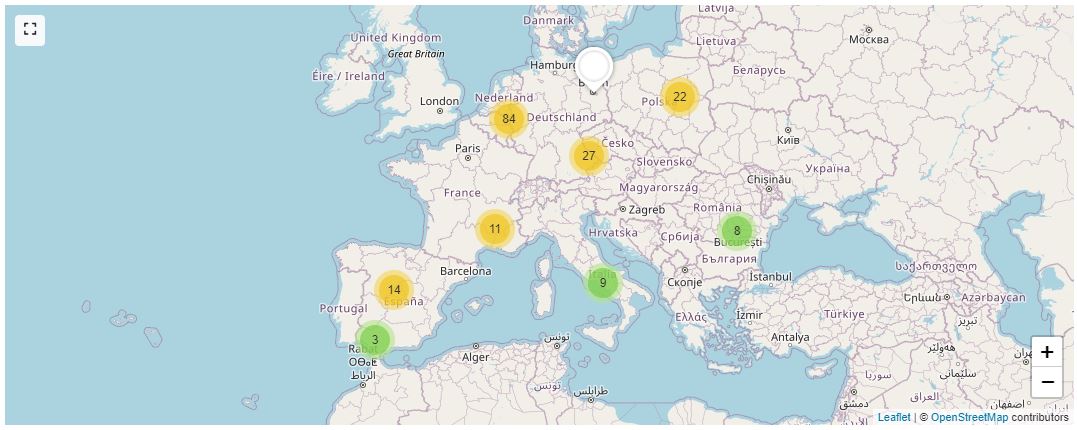During the 14th meeting of the European Technology Transfer Offices (TTO) Circle in Berlin at the end of June, EREA and the Directorate-General for Research and Innovation, European Commission participated in a round table highlighting on the one hand the importance of strengthening the capabilities of Technological Infrastructures in Europe and on the other hand the need for close cooperation and coordination with EU Member States.
With almost 30 years of experience representing Research Establishments in the European aviation sector, EREA has a pretty good idea of important factors of success in reaching the goals of carbon neutral aviation in 2050. One key factor is the availability of the right experiment, test and validation facilities -or Technology Infrastructures, which is what Pawel Stezycki, Chair of EREA, addressed at the annual meeting of the European Technology Transfer Offices Circle on 29 June in Berlin.
Technology Infrastructures (TIs) are inseparable from science and research, in fact research establishments cannot conduct research or innovate without facilities that allow testing or validation. With a digital and sustainability revolution in process, there is a high need to enable and support that process by developing test and validation capabilities in order to cross the valley of death and move the research to a higher technological readiness level. TIs go beyond Research Infrastructures in the sense that it allows not only for more fundamental research testing, but also aims for mid- to high-TRL tests, such as demonstrators, scaled models or a whole system. Think of scaled, or even full scaled aircraft.
EREA has advocated for action on European level as there are clear gaps in the test and validation capability landscape; we are currently researching technologies that we cannot validate yet. In many cases both the initial investment as well as the operational costs during the lifetime of a facility cannot be carried by one research establishment or Member State alone; European action is needed. EREA is glad that the European Commission, Directorate-General for Research and Innovation to be precise, heard the call and recognised the importance of building up the capabilities of European Technology Infrastructures.
This was one of the topics discussed during the 14th meeting of the European Technology Transfer Offices (TTO) Circle, a network established by the JRC, bringing together the technology transfer offices of major Research and Technology Organisations in Europe.
The unique collaboration between the European Commission and Europe’s leading Research Establishments in aviation was the basis for the panel “Technology Infrastructures: A New Approach to Sustainable Collaboration with Partners” at this TTO Circle event. EREA’s Chair, Paweł Stezycki, and Andrea Gentili, Clean Planet Partnership Manager and Deputy Head of Unit “Low Emission Future Industries” at the Directorate-General for Research and Innovation, European Commission, debated the necessity for European Programme dedicated to TIs.
Concretely, this collaboration brought forward a pilot initiative on Aviation Research and Technology Infrastructures (ARTI), aiming to tackle the most pressing bottle necks in terms of TIs. The work so far has been focused on mapping the infrastructures, making use of EREA’s own mapping as well as the results of the RINGO-project[1]. The second step is to create a roadmap in order to define the needs in terms of developing new infrastructures or upgrading existing ones. The pilot is expected to run from 2025 to 2027.
Joint investment in facilities is as logical as it is difficult, which is why piloting this process is essential. Addressing issues such as openness and access of facilities, that often serve national industry or are used for defence purposes, is critical. Pawel Stezycki also underlined the need for close cooperation and coordination with Member States of the EU. In the most likely scenarios for any future TI programme or action, they will remain a key investor in TIs, as they are now. As Paweł Stężycki mentioned: as REs we are capable of assessing what is needed to reach the goals that are set, but it is important to note here that Member States are the key player in making this all happen, as was also observed in the JRC conference and workshop report “Towards the Implementation of an EU Strategy for Technology Infrastructures, Insights for the implementation of the ERA Policy Agenda” (doi:10.2760/4834, JRC128007).
If we are to successfully come together on a few key topics and cooperate, commit and invest jointly in TIs, that is nothing short of a revolution. There have been only a few times when the European R&I-community came together and committed to joint action in TIs, such as the European Transonic Wind Tunnels in 1988. However, it is clear that the challenges of today require yet again bold choices.
[1] Project funded under Horizon 2020 under grant agreement No 724102.


